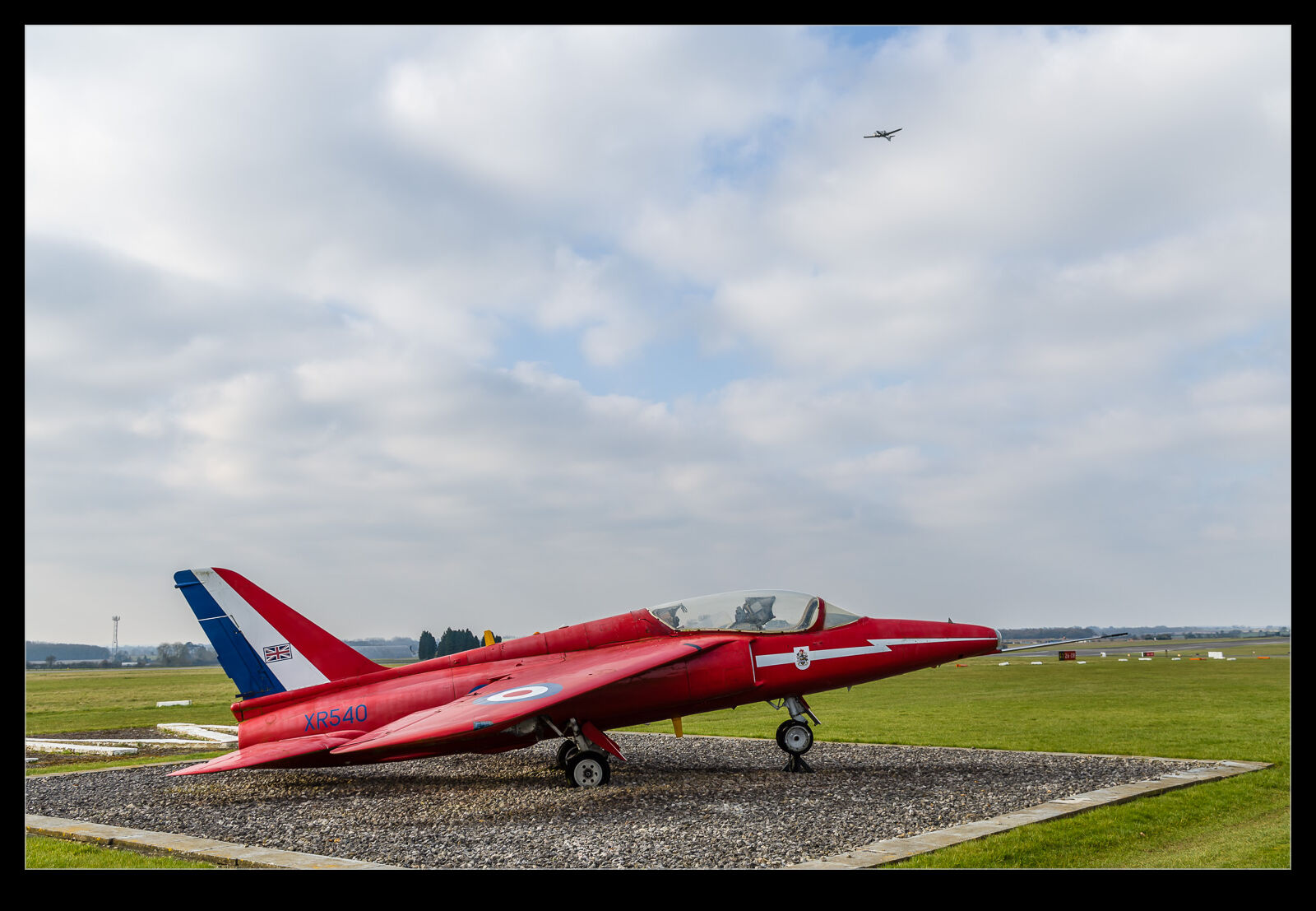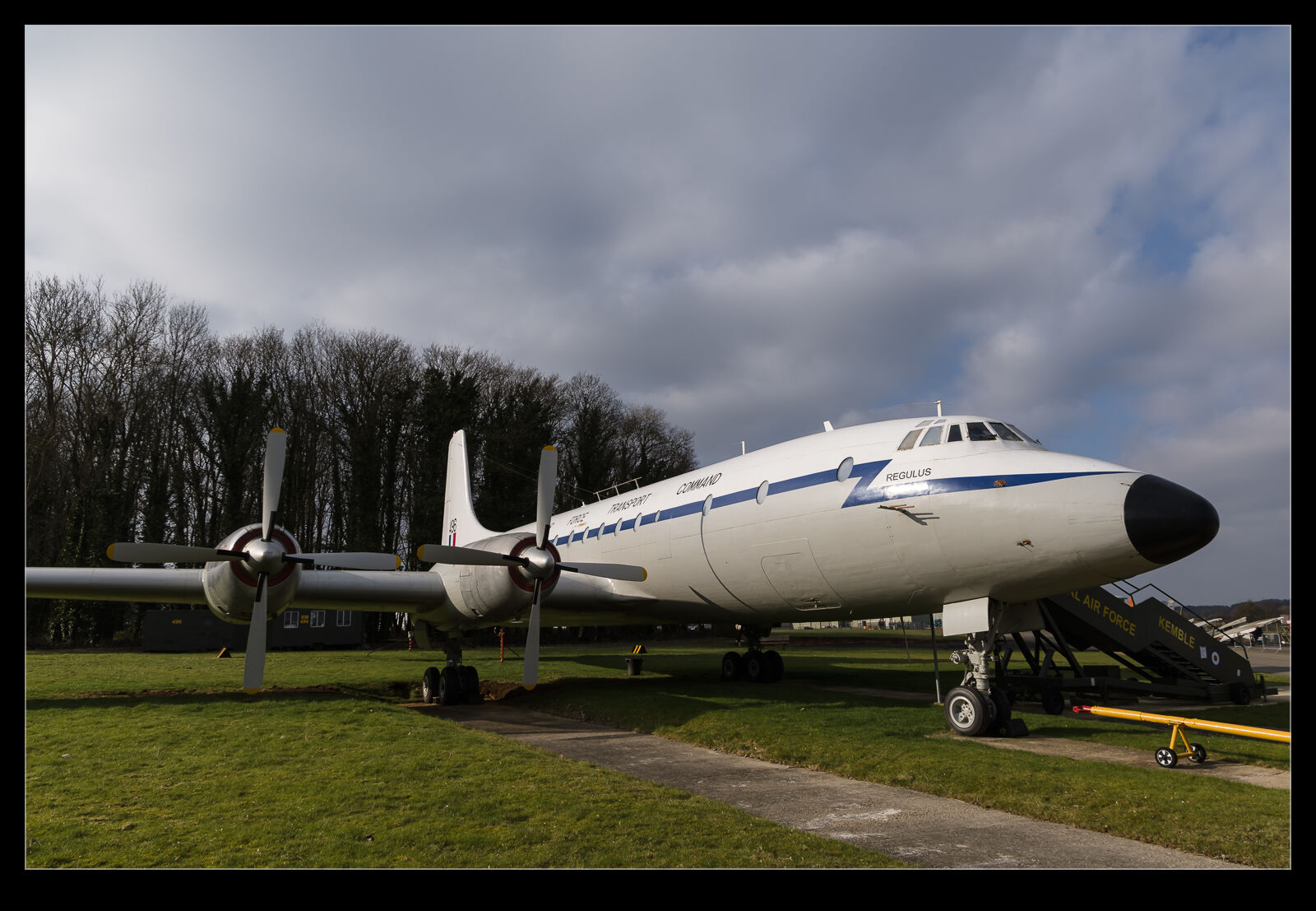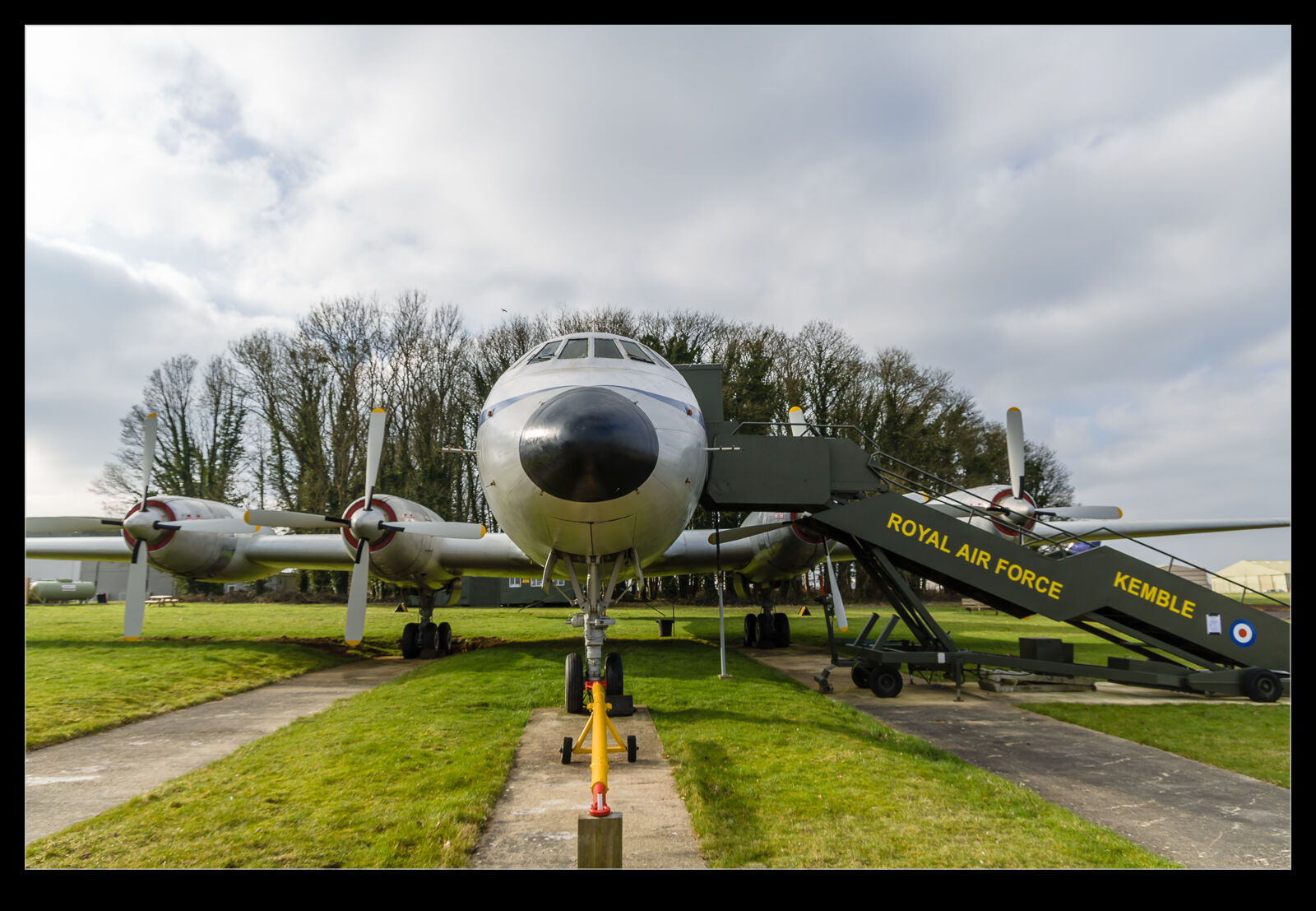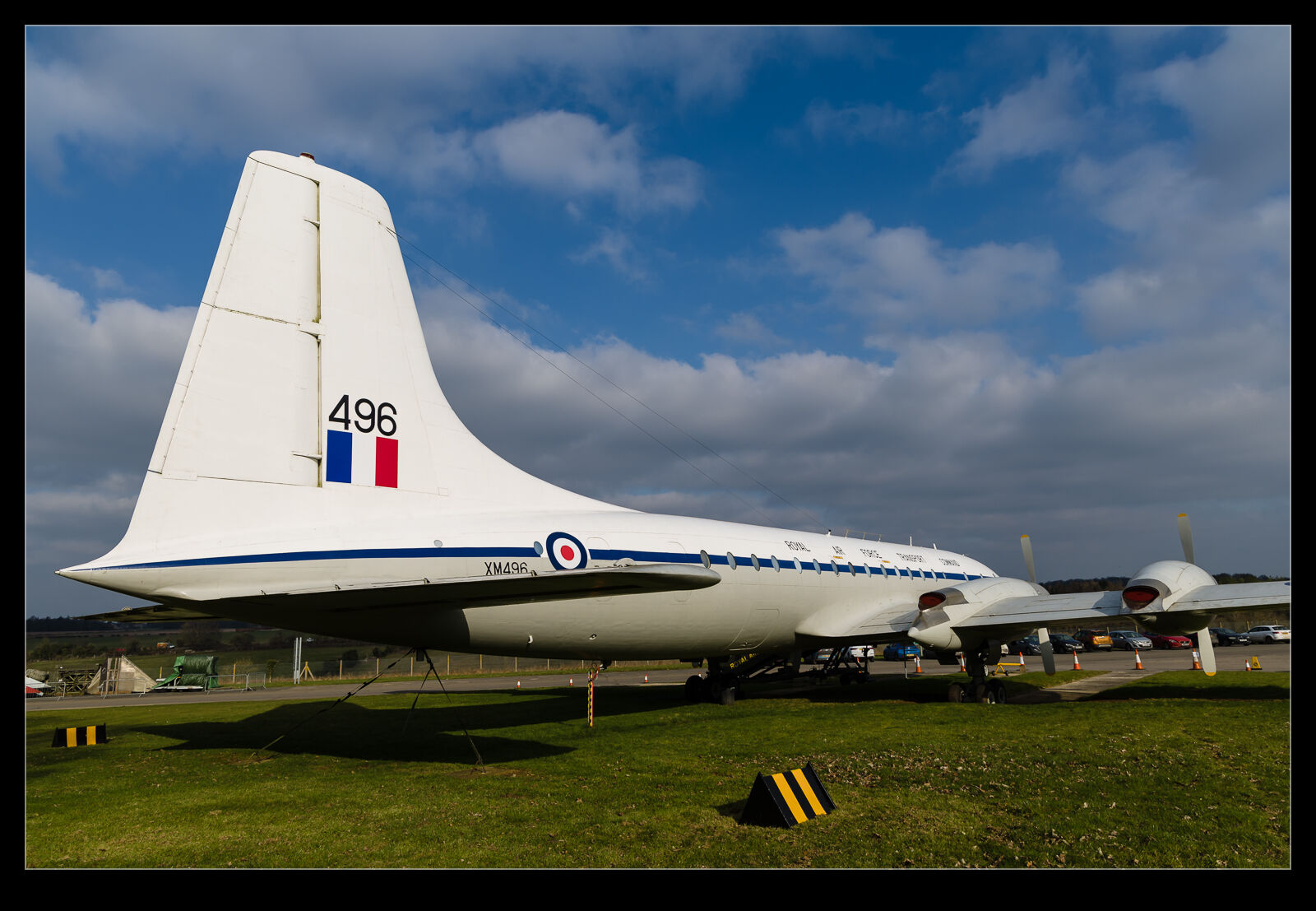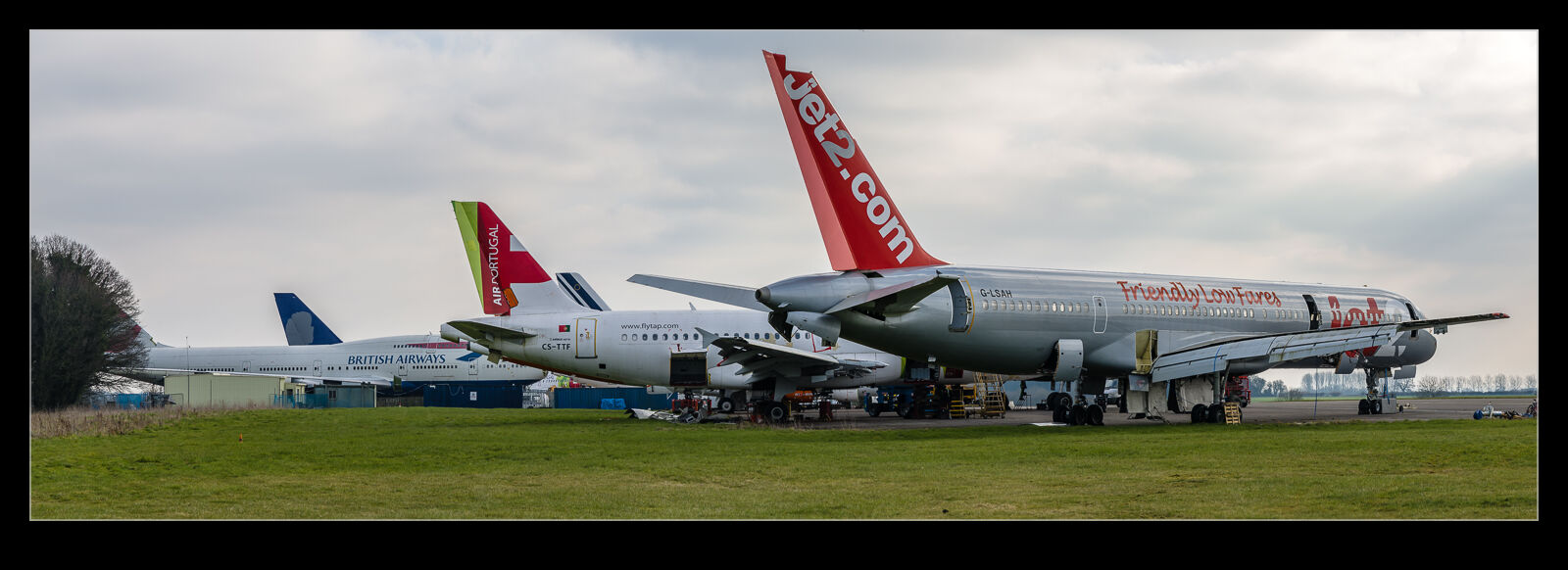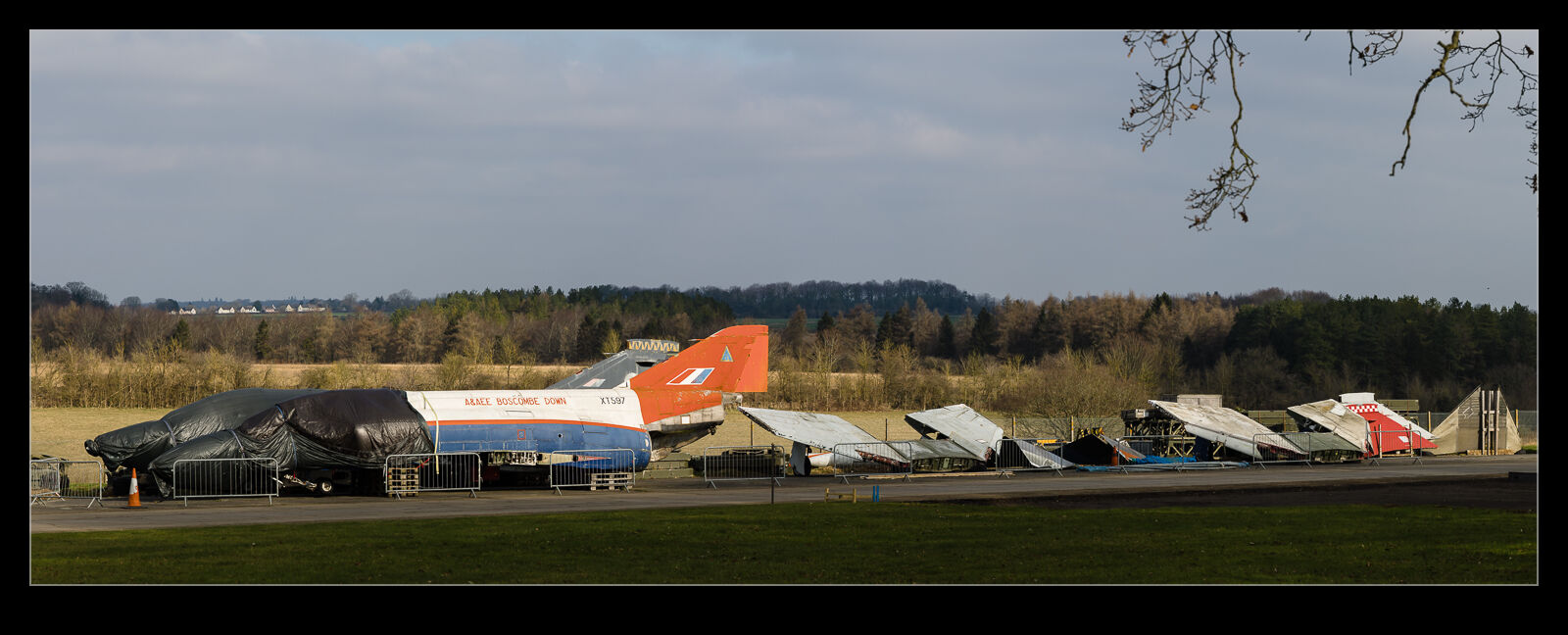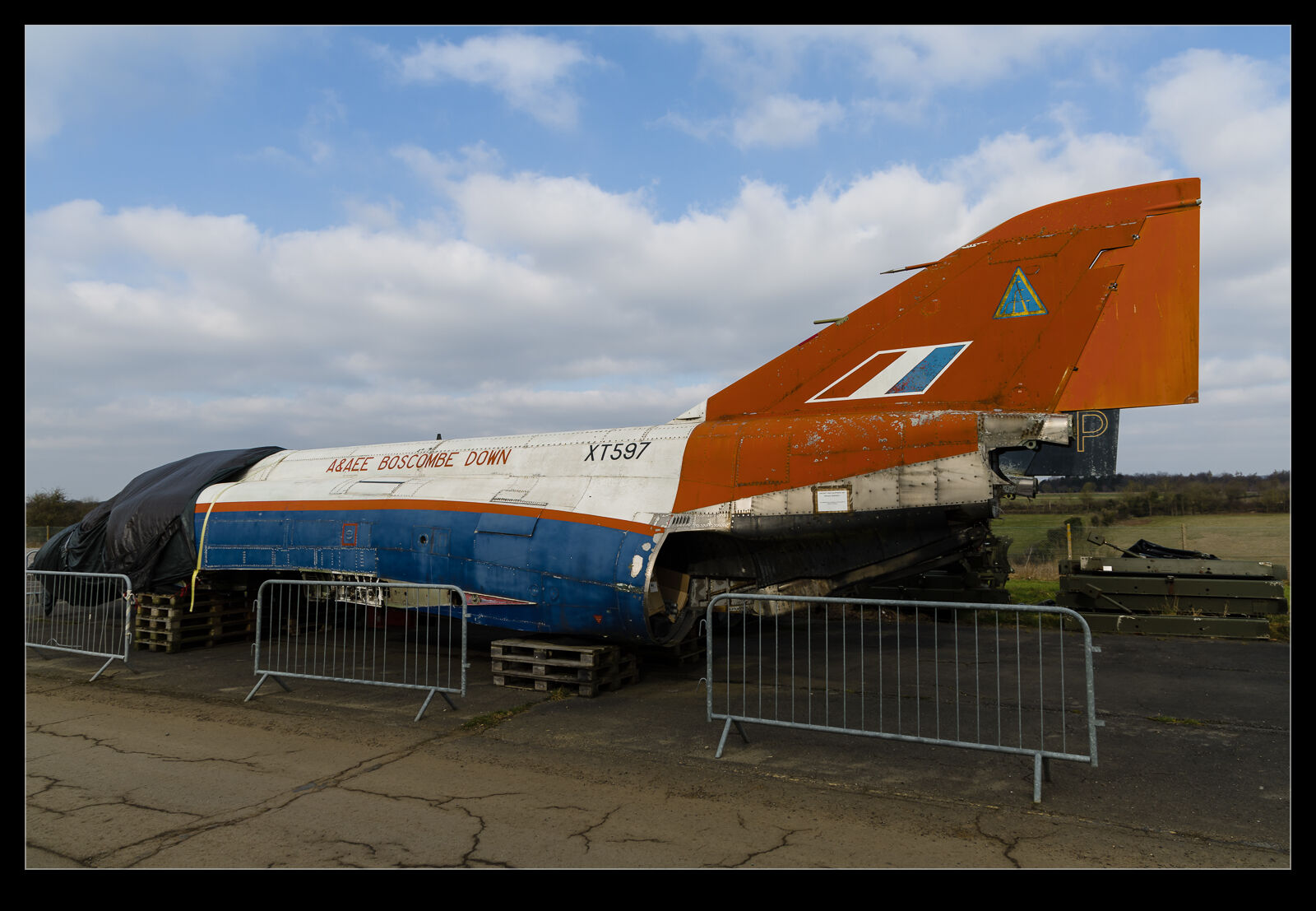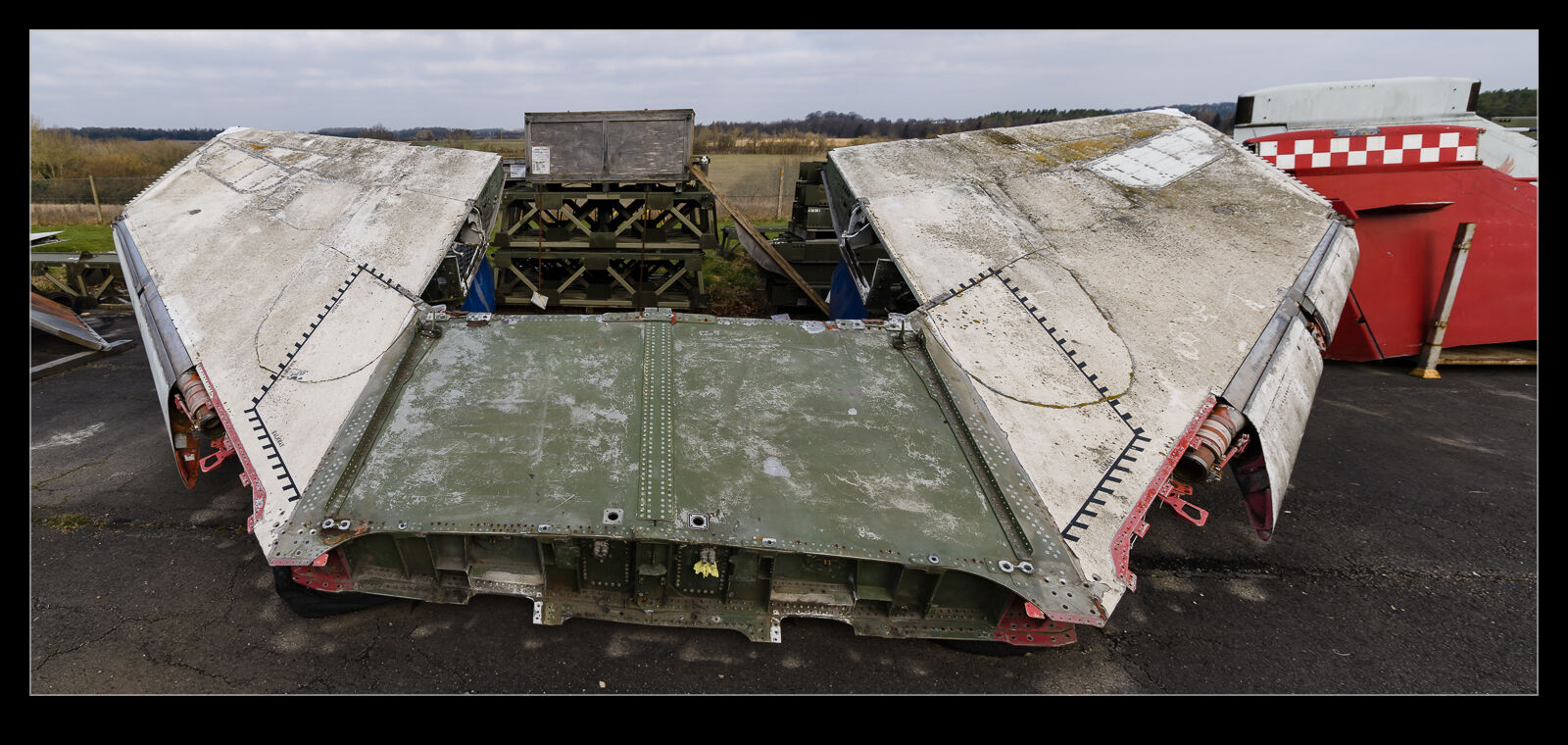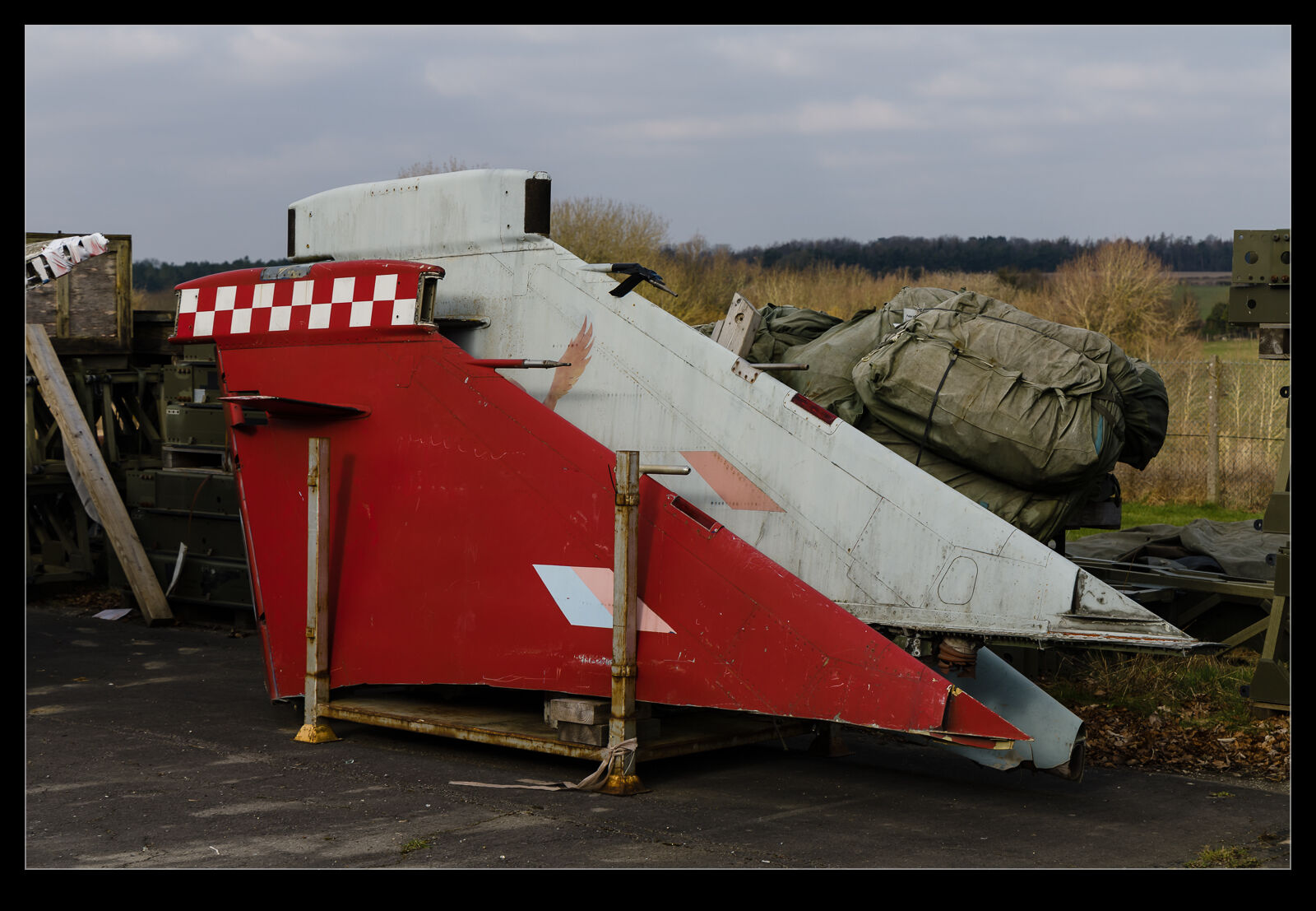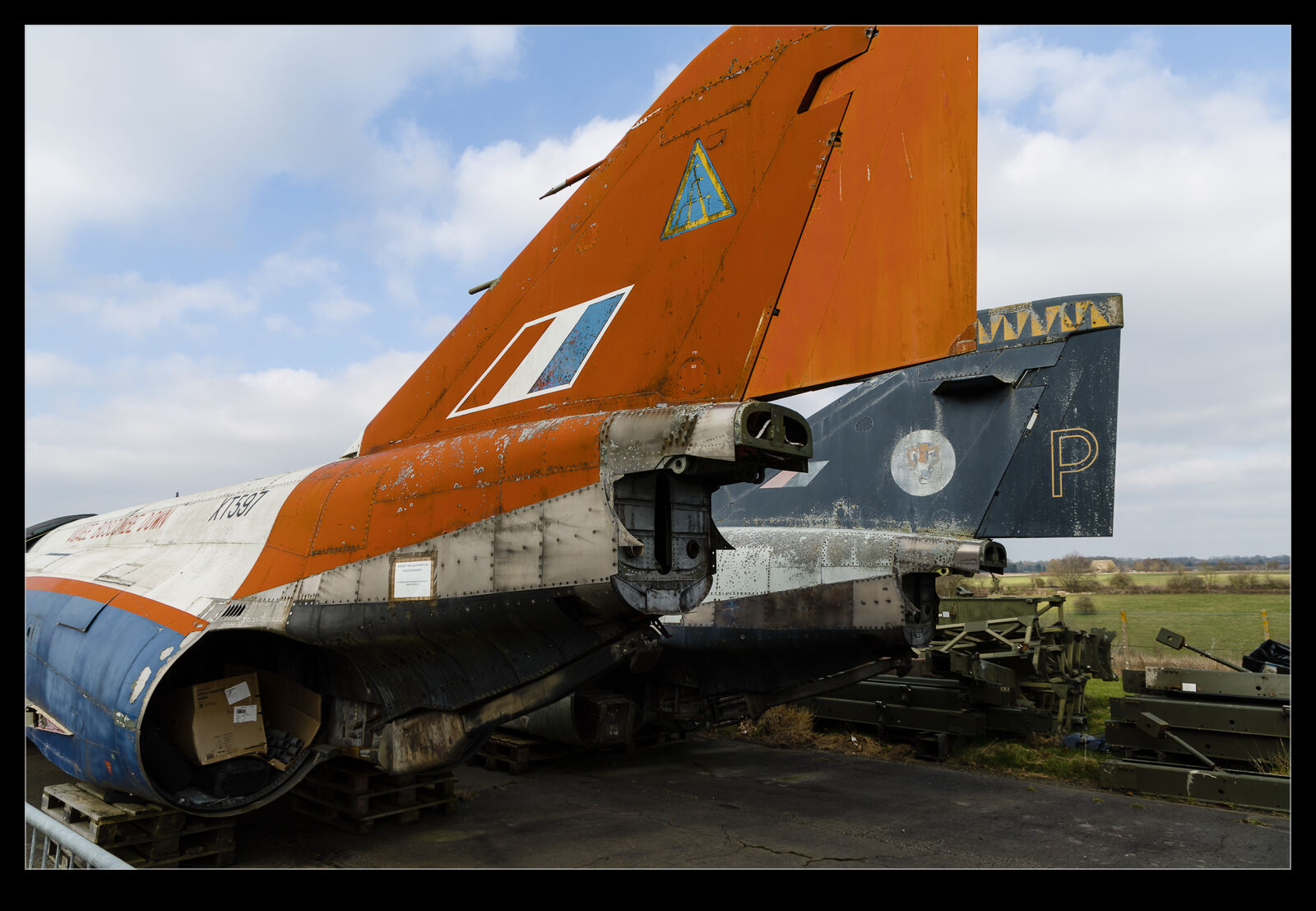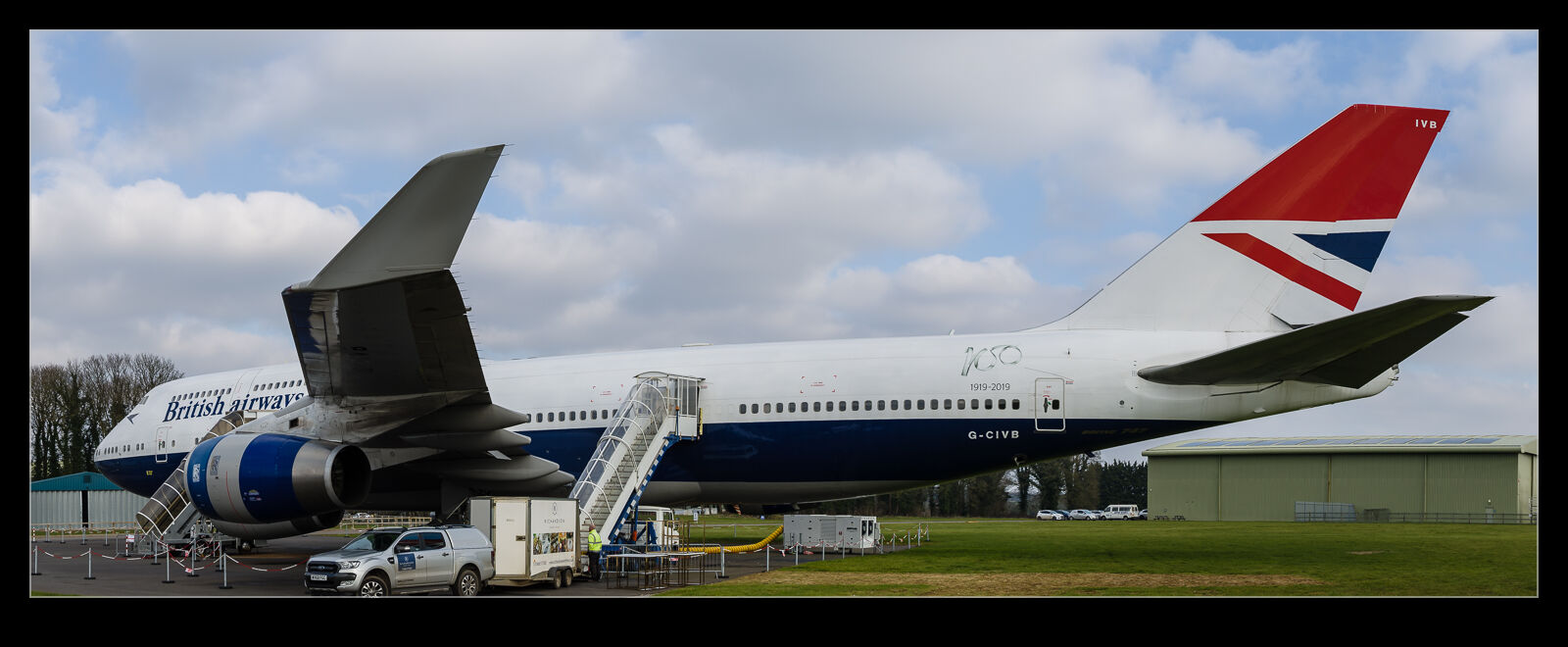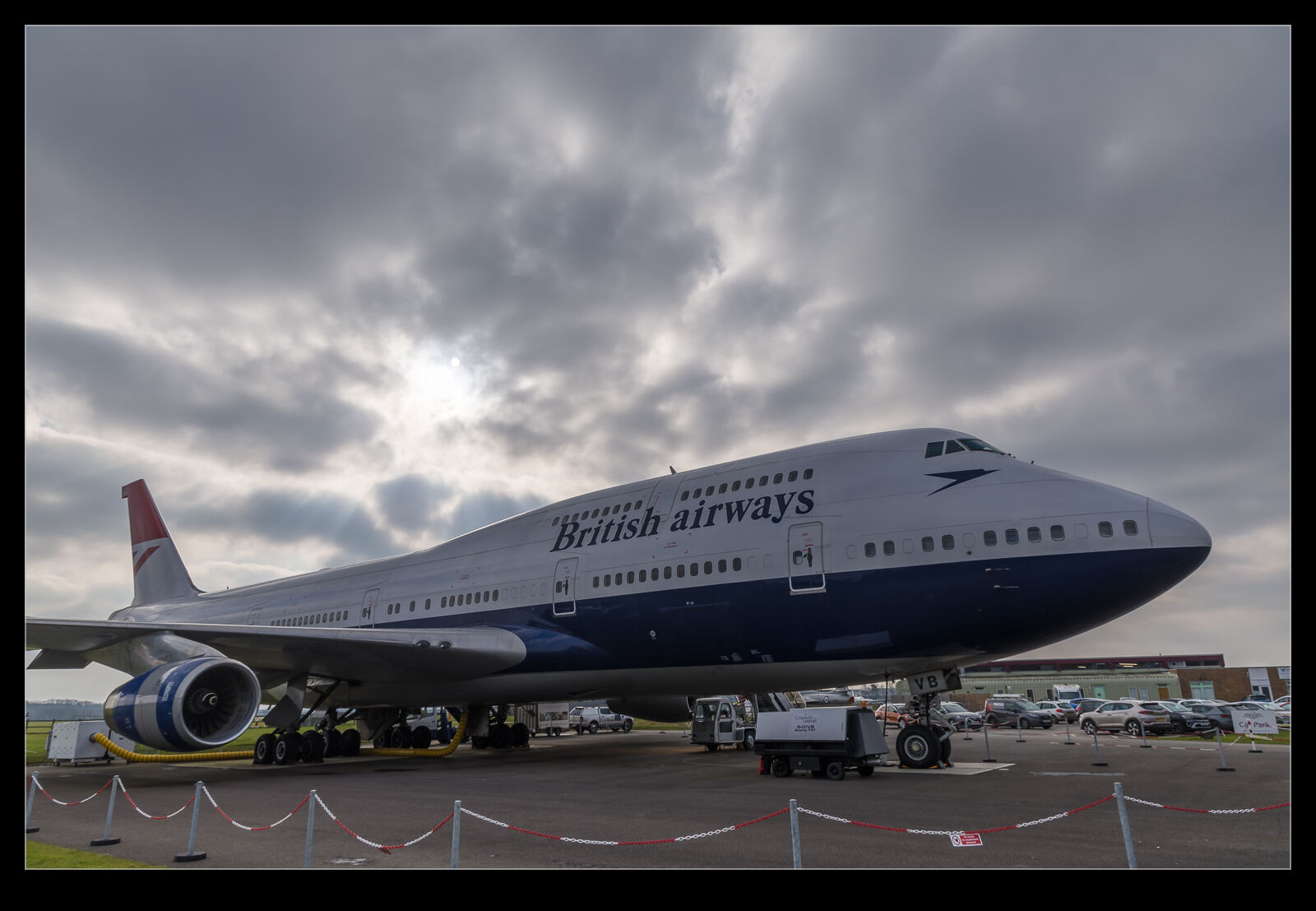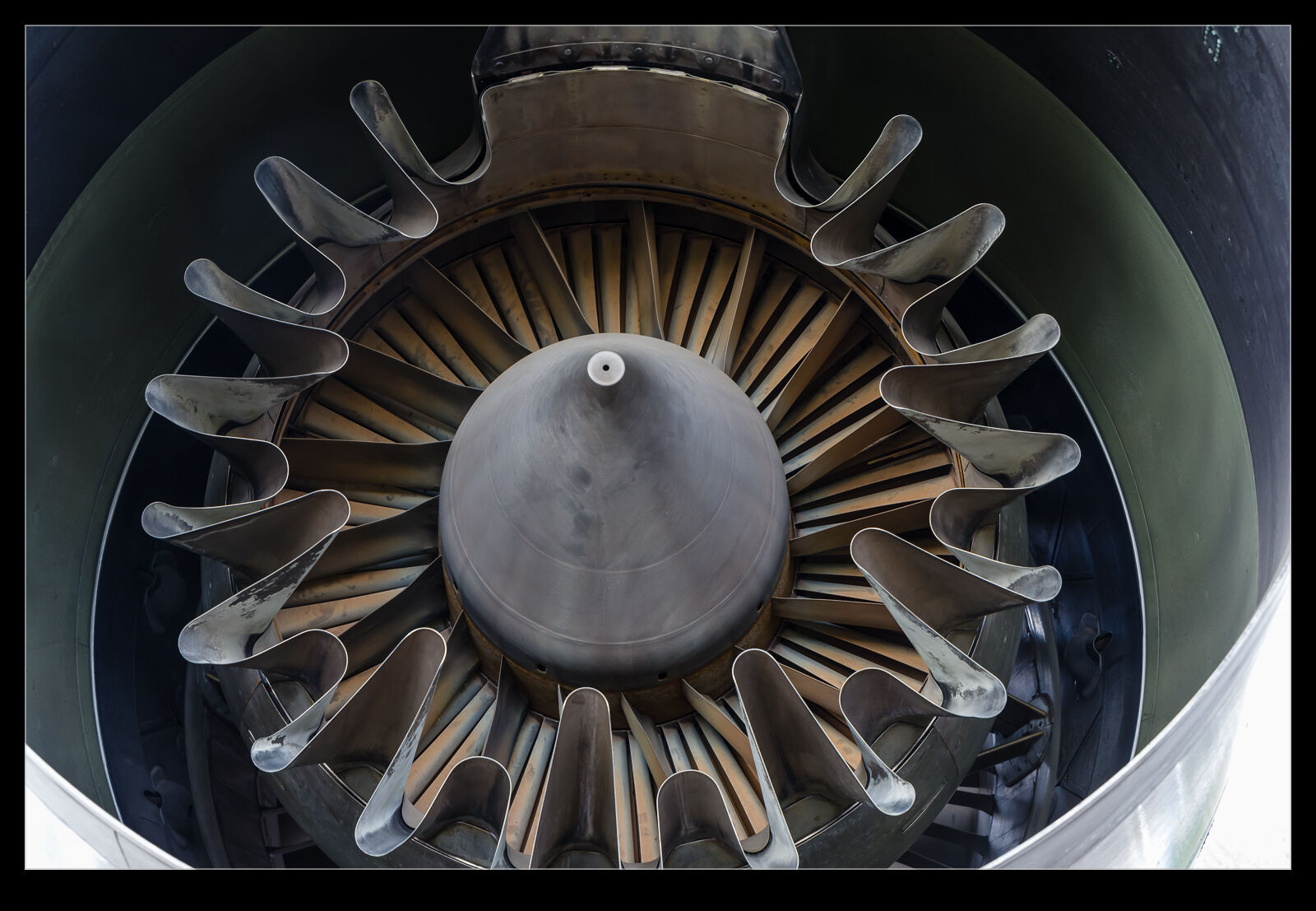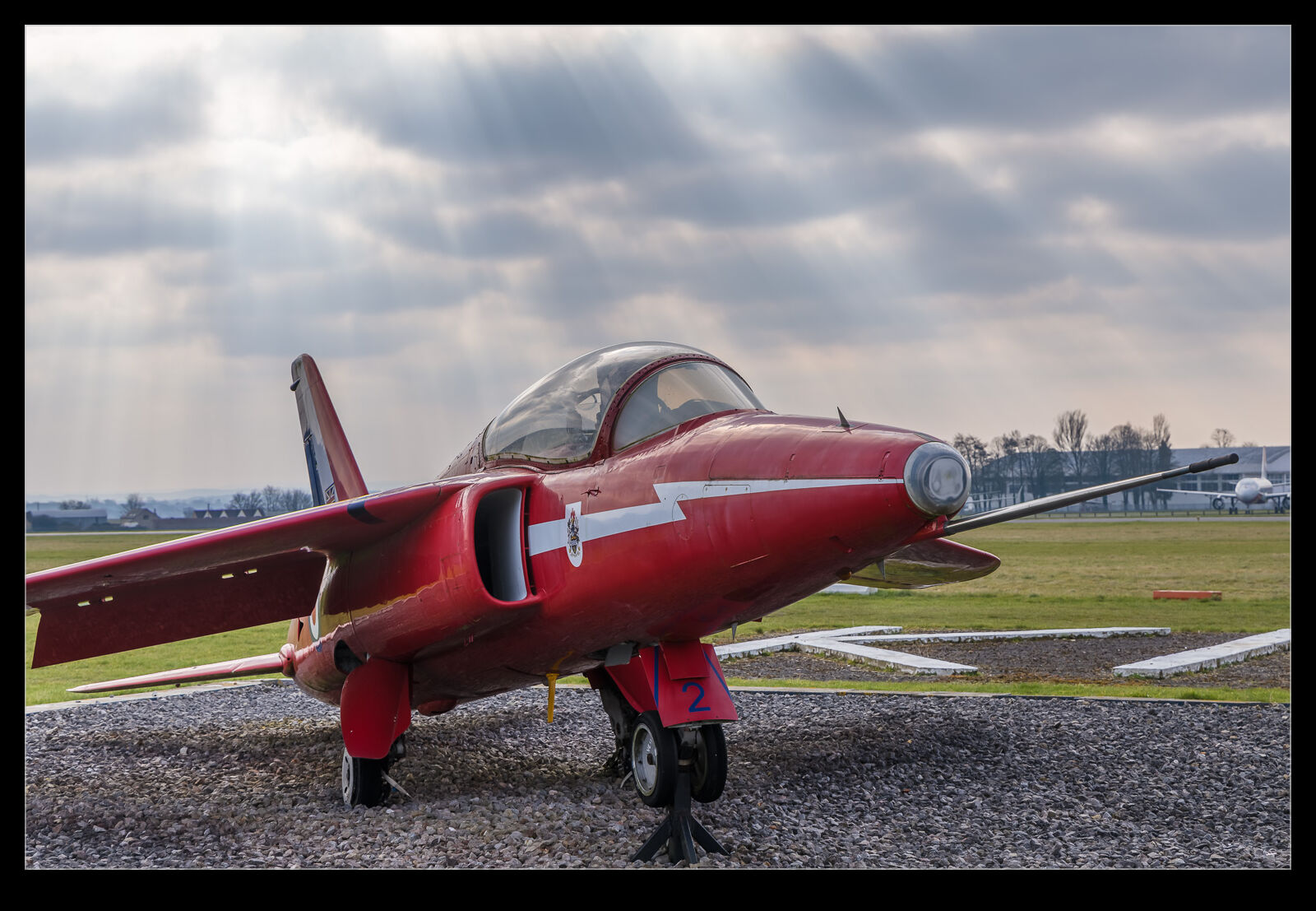 The trip to the UK early this year included a quick trip to Kemble or Cotswolds Airport as it is also known. Near the tower, they have a couple of preserved airframes that harken back to the time that this was a Royal Air Force base (including it being home of the Red Arrows). One of the gate guards (okay, they aren’t near the gate, but you get the idea) is a Folland Gnat. I don’t know whether it is a genuine ex-Red Arrow or just painted to look like one, but it is cool either way. It is the tiniest of jets. I wonder what it was like ferrying one across the Atlantic as they did for a tour.
The trip to the UK early this year included a quick trip to Kemble or Cotswolds Airport as it is also known. Near the tower, they have a couple of preserved airframes that harken back to the time that this was a Royal Air Force base (including it being home of the Red Arrows). One of the gate guards (okay, they aren’t near the gate, but you get the idea) is a Folland Gnat. I don’t know whether it is a genuine ex-Red Arrow or just painted to look like one, but it is cool either way. It is the tiniest of jets. I wonder what it was like ferrying one across the Atlantic as they did for a tour.
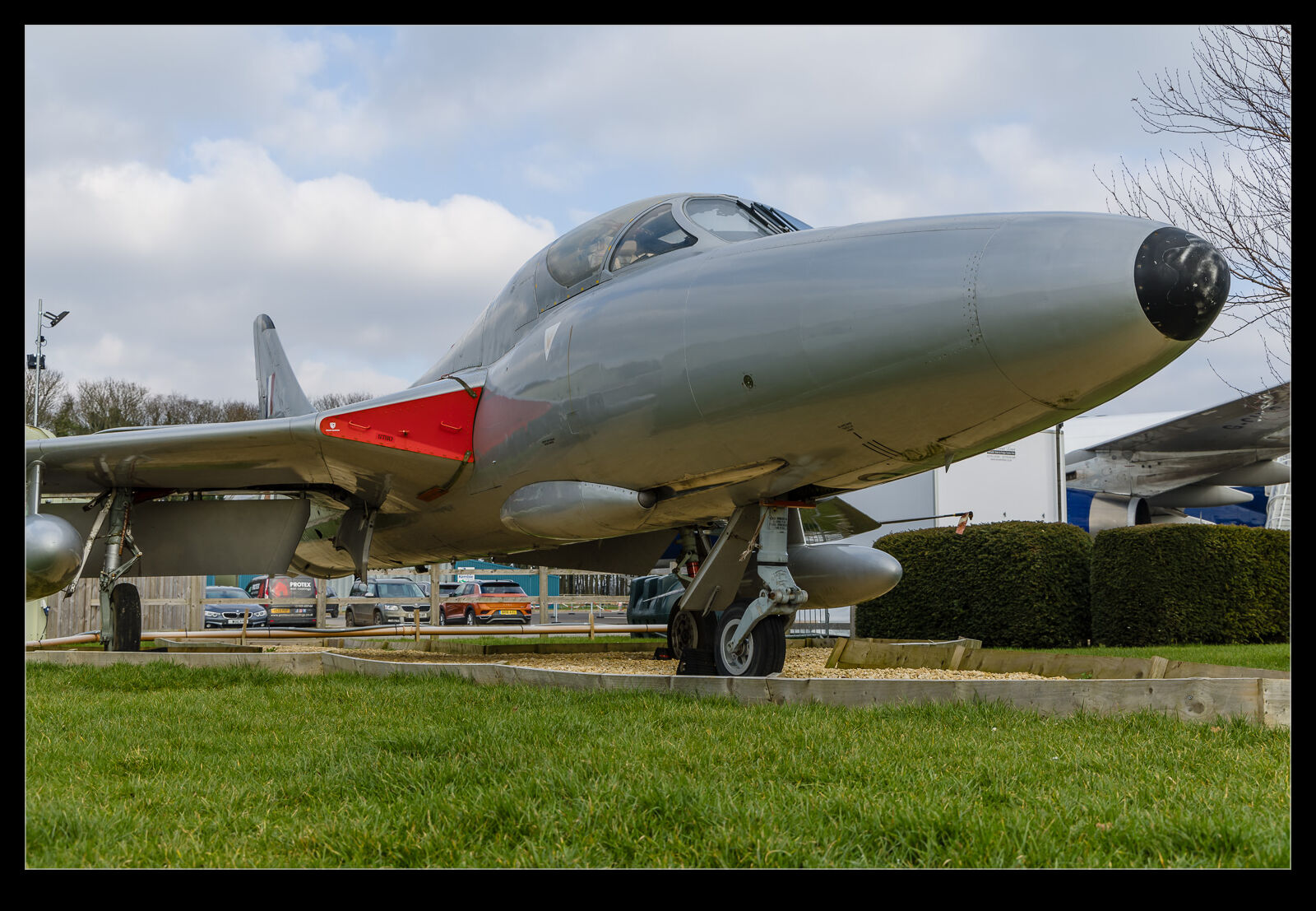 The other airframe is a Hawker Hunter. This is a classic aircraft and one that continues in use to this day. It is a trainer version with the side-by-side cockpit arrangement and in a grey paint job that I am not familiar with them having used in service. Either way, another great looking jet and something cool for any visitors to check out.
The other airframe is a Hawker Hunter. This is a classic aircraft and one that continues in use to this day. It is a trainer version with the side-by-side cockpit arrangement and in a grey paint job that I am not familiar with them having used in service. Either way, another great looking jet and something cool for any visitors to check out.
